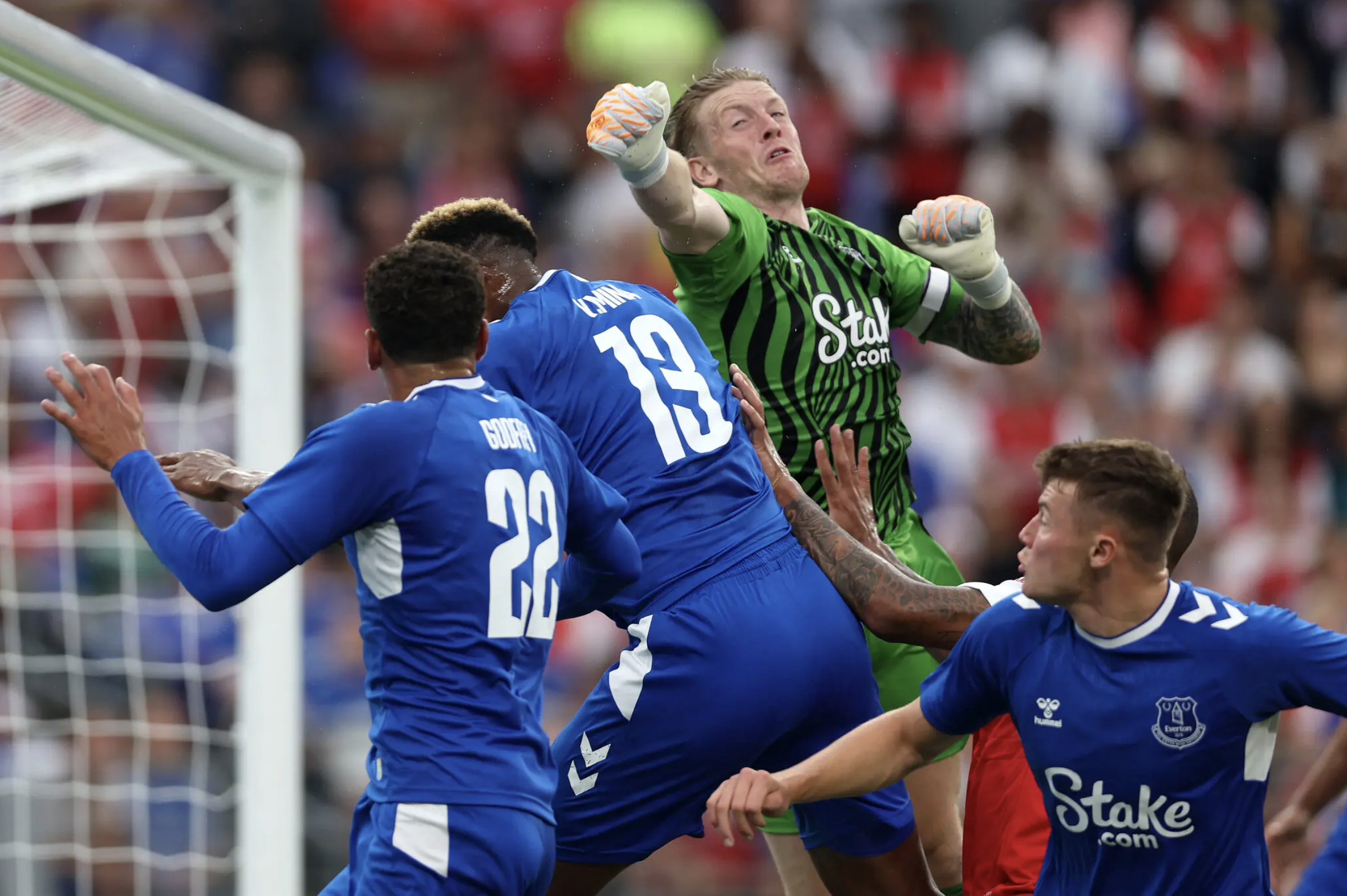Are Headers Going to be Excluded From Football?

On June 22, The New York Times published a report by its chief soccer correspondent Rory Smith titled Does Soccer Still Need the Header?
In his article, the author points out that new rules, new science, and new tactics are already starting to push headers out of the game, but doing so can have unintended consequences, according to him.
Smith says that it would be futile to predict when it would happen specifically. Depending on the current reality, specifically, it is not possible to identify a particular point, date, or even a wide time frame, but all that can be said is that it will come sooner or later.
England’s Football Association has received permission from the International Football Council (IFAB), the mysterious and weak body that defines the rules of the game to conduct an experiment in which players under the age of 12 will not be allowed to play headers in training, and if the change succeeds, it may always be within the next two years.
Of course, this is not an attempt to introduce an absolute ban on playing with headers, but it is simply an application to deliberately remove the header—most likely instead of hitting it in the head unintentionally—in children's football.

Dangerous Hazards
The relationship between playing with the header and Chronic Traumatic Encephalopathy (CTE) has been an implicit disgrace to football for at least two decades, if not longer. The coroner has confirmed that Jeff Astle, the former England striker, has died of a career-related illness, particularly by playing headers in football repeatedly since 2002, and was found posthumously to suffer from CTE.
In the years that followed, five members of England’s 1966 World Cup-winning team confirmed that they suffered from dementia.
One study, in 2019, found that footballers—with the exception of goalkeepers—were three and a half times more likely to develop neurodegenerative diseases than the general population.
Two years later, similar research found that defenders, in particular, had a higher risk of dementia or a similar condition later in life. The more likely it was to reduce the number of times players headed the ball, the better it was in their long-term interest.
Mathematically, too, it's easy to believe that the demise of headers will not be a big loss. After all, the game seems to be getting over it organically, with the percentage of goals scored per head, thanks to the simultaneous rise in analyses—which, on a very large scale, discourages casual airplay and considers it a low-probability measure.
The progressive teams, now, are doing their best not to play by air; they certainly don't push it forward at any given opportunity; they control through possession or launch precise counterattacks, preferring to play majorly on the ground. The sport as a whole has followed this approach in its wake.

Studies Confirm
A recent study also revealed that footballers who repel or receive football with their heads are more frequently at risk of brain damage similar to those of the brain caused by bruises caused by blows, head injuries or falls.
The study showed that directing or receiving balls in the head, or so-called "vertical" football, could result in unusual disorders and possibly memory loss.
U.S. researchers came to this conclusion using advanced MRI technology on the brains of 37 amateur football players.
The new technique can identify very subtle changes in white matter in the brain, which consists of billions of nerve fibers.
Michael Lipton, head of the team of researchers at the Albert Einstein School of Medicine in New York, said footballers were selected for the study because of its popularity in the world and that people of all ages practiced it, including children.
He added that there were serious concerns about "verticals" and that they could damage the brain.
He explained that the study included players who had practiced the sport over 22 years, with an average practice rate of 11 months in the last year.
Lipton revealed that the study showed a decrease in the level of FA relative inequality that measures the movement of water particles in nerve fibers.
Lipton said almost all players showed brain damage and white matter imbalance.
He explained that players who hit the ball with their heads at an average of 885 to 1,550 times a year showed a clear decrease in three areas of white matter in the brain, noting that players who hit more than 1,800 headers a year are more likely to develop a brain.

Already Declining
Rory Smith says that for the same reasons that aerial play has failed, so has the idea of shooting from a distance.
“Progressive coaches—either for aesthetic or analytical reasons—encourage their players to wait until they have a greater chance of scoring before actual shooting; as with goals scored in the head, the number of goals scored from outside the penalty area also drops dramatically,” he said.
However, this had unintended consequences; a team that knows that its opponent does not really want to shoot from a distance has no incentive to break its line of defense, and there is no urgent need to press to close the space on the midfielder because when the ball is at their feet 25 yards from goal, they will not shoot; because the chances of scoring are low, according to Smith.
“The same applies to header-free football; not only will the way corner kicks and free kicks are defended change beyond recognition, but the way the defenders deal with players who play in large spaces (such as wings), and the attitudes of defensive lines on the pitch, will change the entire structure of the game,” he noted.
If the header is still confirmed—as seems likely—it puts the long-term health of players at risk, of course, that will have to be changed, and it would only be right to do so.










